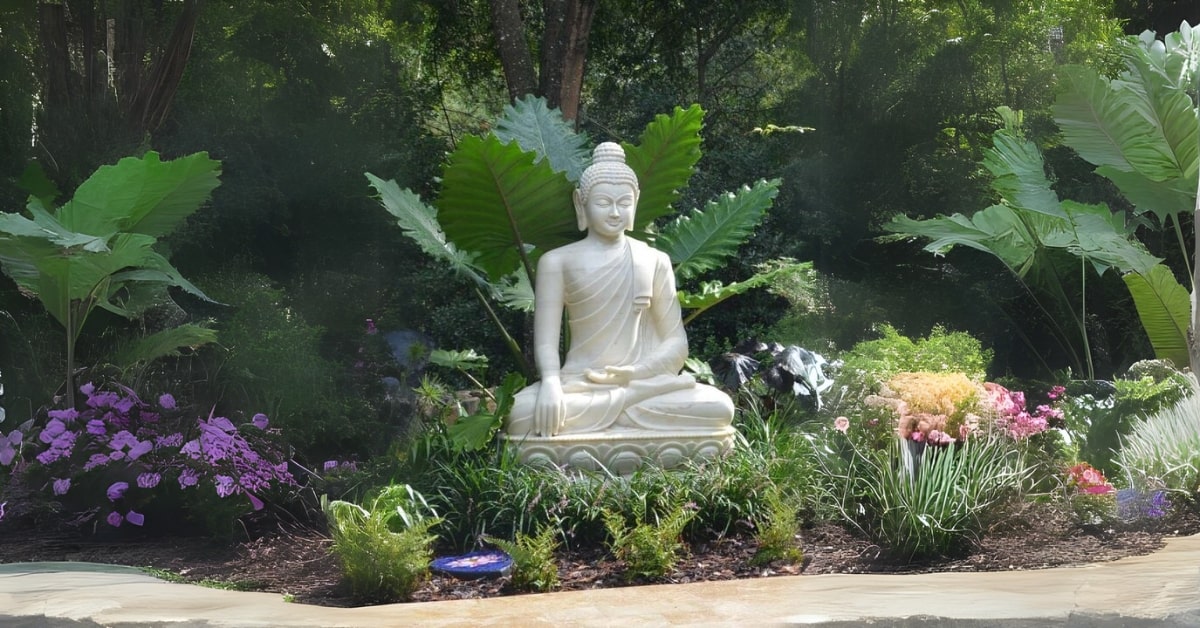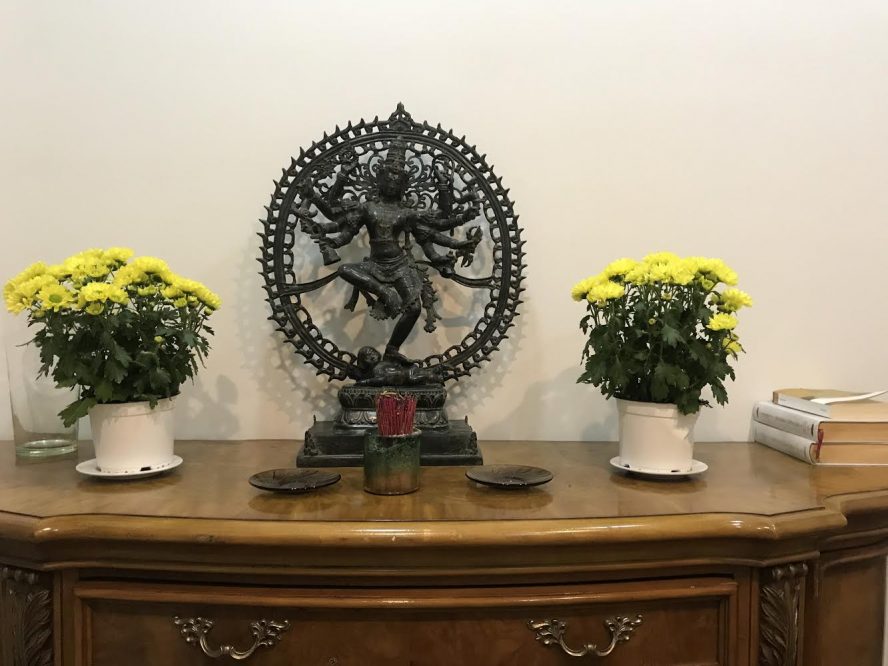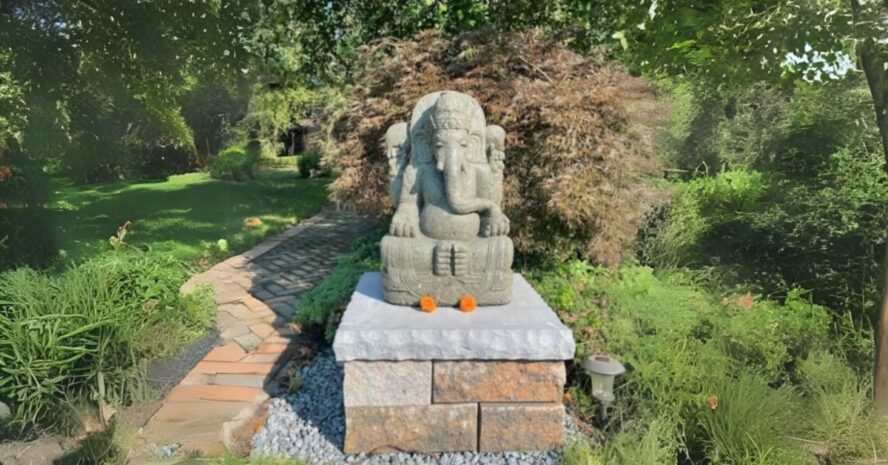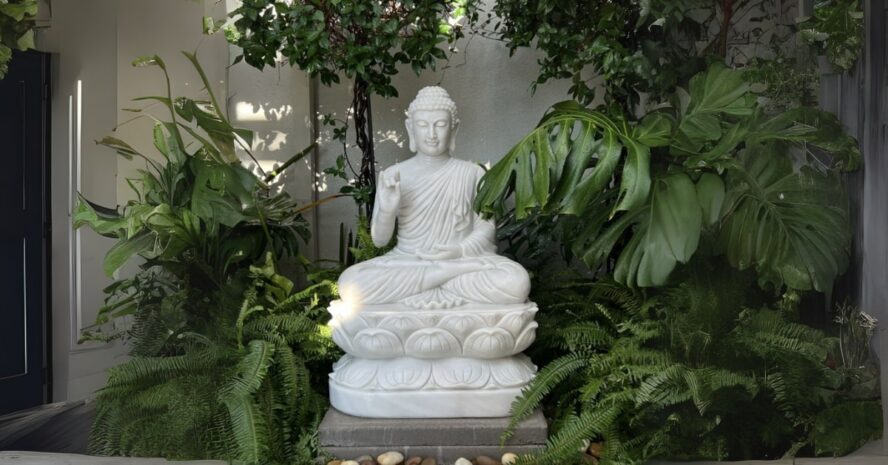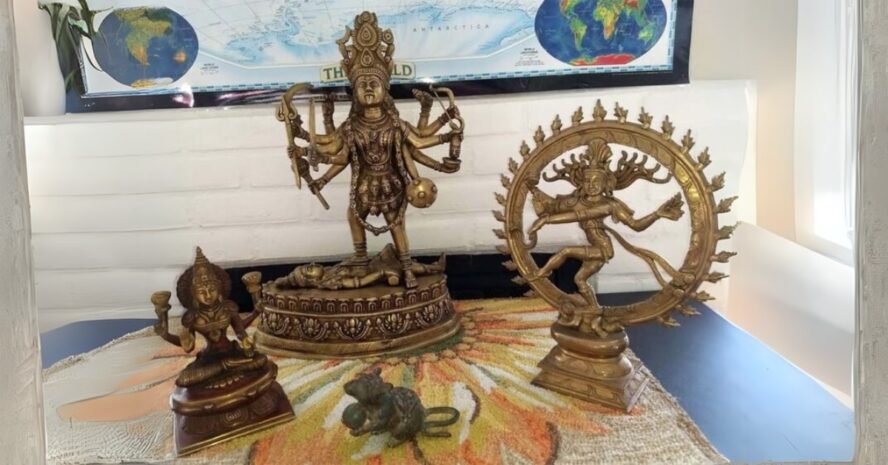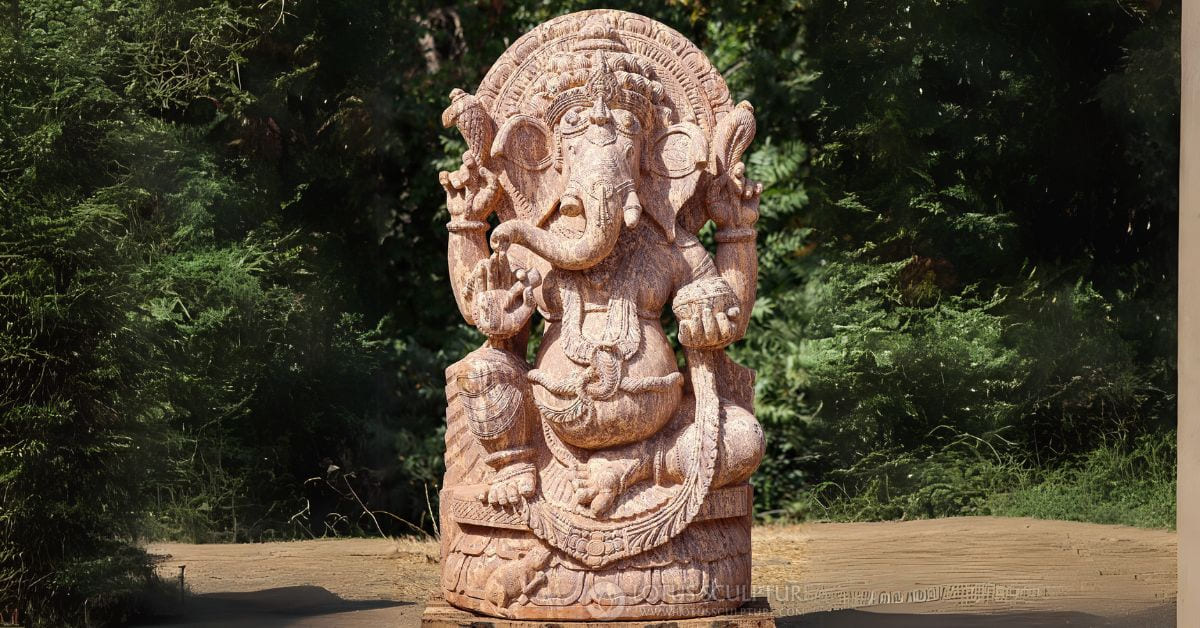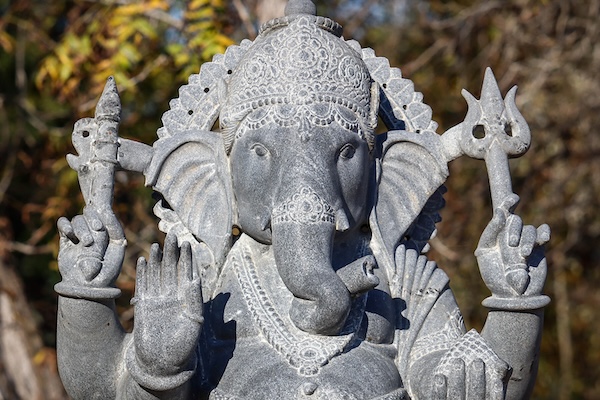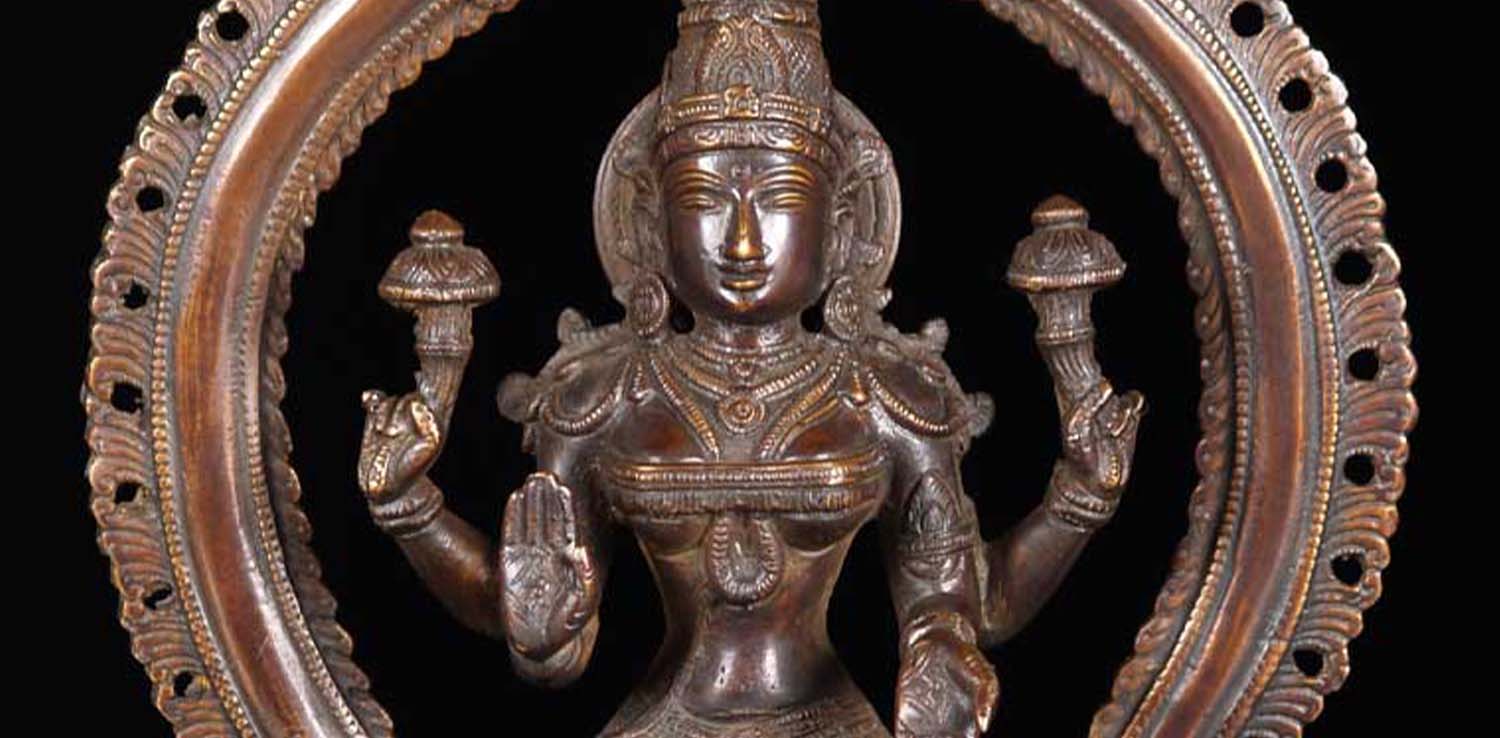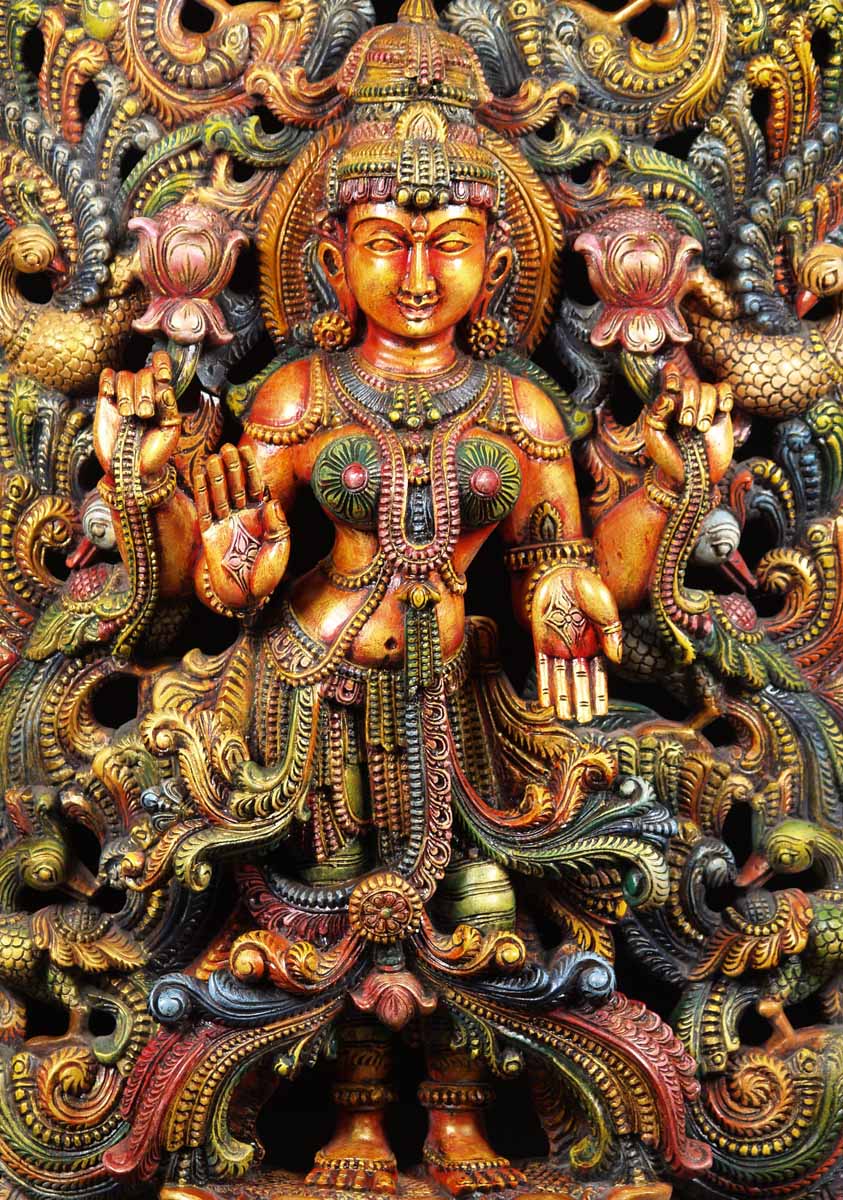Goddess Parvathi’s consort Lord Shiva is well known in the world of Hinduism and is worshipped in several forms and each form signifies a particular facet of life. Of these, I have selected one of the most graceful and meaningful – Nataraja posturing. The sculpture depicts Nataraja or the “King of Dance”, wherein Shiva in his Cosmic form, represents the cycle of existence, destruction, and recreation, the beat of time and beyond the physical.
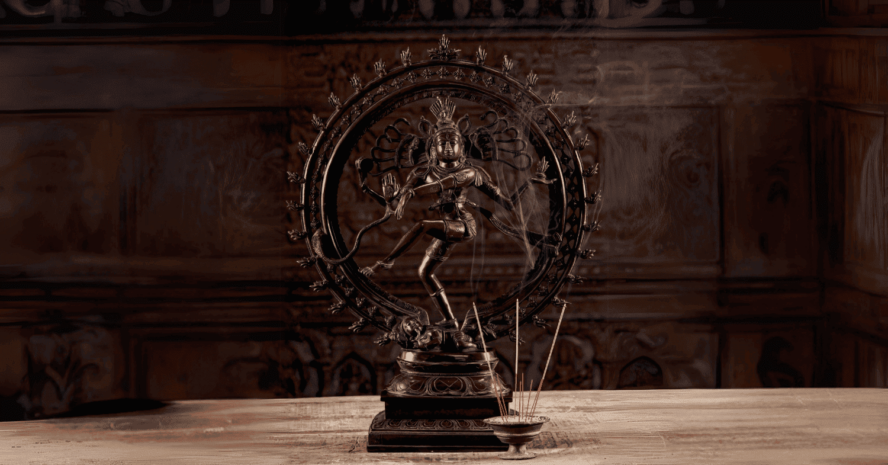
This article delves into the origins, significance, and deeper symbolism behind Lord Nataraja’s form.
The Origins of Lord Nataraja
However, the depiction of Lord Shiva in dancing posture also has an important cultural and religious value; especially for the southern part of India most associated with Tamil Nadu. The Saivite depiction of dance is called the Dance of Shiva also known as Ananda Tandava, and it has a devoted importance in the Chidambaram temple.
It is significant to note that the concept of Nataraja is stated to have emerged in the course of the Chola dynasty which existed from the 9th to 13th century CE. They now witnessed several bronze sculptures that are mostly focused on the depiction of Shiva.
The Symbolism of the Nataraja Form
The Nataraja Statue can be considered as one of the greatest achievements both from a spiritual and artistic point of view. Each of the objects depicted in the picture is symbolic of a certain philosophy:
- Dancing Posture (Tandava): In the center of the picture there is depicted Shiva dancing within the ring of fire that symbolizes the life-death-rebirth process.
- Four Arms: Each of his four arms relates to a different cosmic function:
- The right upper hand holds a drum (damaru) which denotes the creation and the sound of the universe.
- The upper left hand has fire or agni which symbolizes destruction or change.
- In the right hand which is in the lower position, she holds abhaya mudra (protective gesture) and blesses devotees to emerge out of fear.
- One of the gestures of the legs is pointed downward with his left hand to the raised foot to symbolize freedom and grace from the God almighty.
- Dwarf Demon (Apasmara): Covering the feet of Shiva stands a dwarf demon known as Apasmara representing ignorance and ego under Shiva’s feet to represent wisdom.
- Crescent Moon and the Ganges: This crescent moon symbolizes time and is included in his hair, and the water that constantly gushes from his hair symbolizes the renewal and purification of the river Ganges.
- Encircling Flame: In Encircling Flame or Prabhamandala, the circle around Nataraja represents the other half of the cosmic energy that advices and destroys the universe.
- SerenePose: Non-volatile movement – Even though Shiva is dancing vigorously, his facial expression is of peace depicting the dynamic aspect of stillness.
The Cosmic Dance: Ananda Tandava and Rudra Tandava
There are generally two broad categories of Shiva’s dance.
- Ananda Tandava (Dance of Bliss): This form is the dance that symbolizes the bliss that is created in the universe due to the energy of Shiva.
That is why, for example, there is
- Rudra Tandava: The dance of destruction that prepares the ground for creation, a new beginning, and a new life.
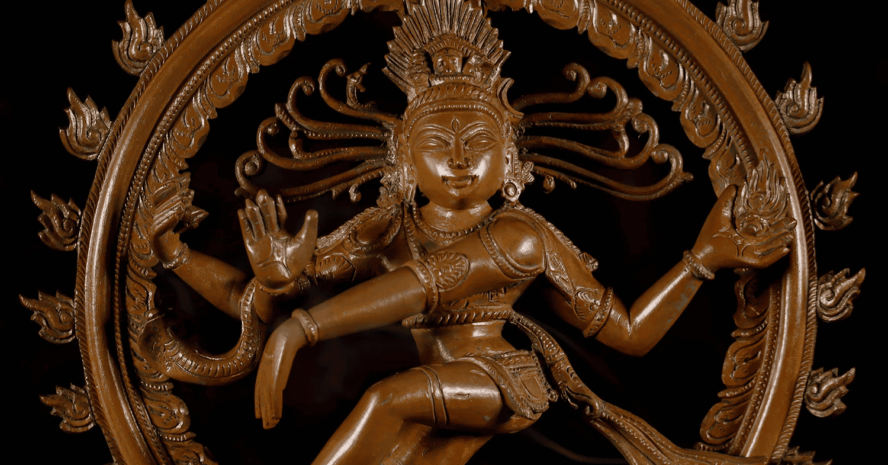
Nataraja in Spiritual and Scientific Context
Jain’s research highlights that the Nataraja form of Lord Shiva has been a significant topic in discussions across religion, science, and philosophy. Physicists draw parallels between Shiva’s cosmic dance and the kinetic motion of subatomic particles. This cultural association is further exemplified at CERN (the European Organization for Nuclear Research), where a statue of Nataraja serves as a symbol of this connection.
Worship and Cultural Influence
There’s one more element of the picture that is obligatory for devotees across India and maybe across the world which is Lord Nataraja or the dancing Shiva which has its connection with Chidambaram, the cosmic dance hall. His dance is an integral feature of the temple and its music and dance programs such as Natyanjali in tune with his persona.
In addition, through a well-executed Nataraja, it is also possible to see how this motif was adopted in classical Indian dance such as the Bharatnatyam in which the dancer translates Shiva’s rhythm across the cosmos into the dance movements.
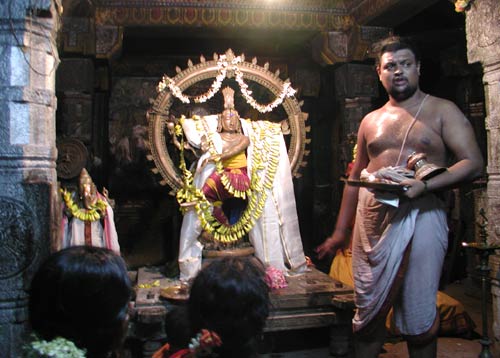
Nataraja’s form of Lord Shiva is not only a beautifully depicted sculpture but holds the cosmic aspect of the universe as well. It also reflects the creative and destructive forces, the light and darkness, the movements and non-movement. Thus, one can learn about the existence of the principles that are timeless when observing Nataraja’s dance, so this form of Shiva is considered one of the most sacred in Hinduism.
Explore the divine artistry of Nataraja and other sacred Hindu Gods idols at Lotus Sculpture, where tradition meets craftsmanship in every masterpiece.


